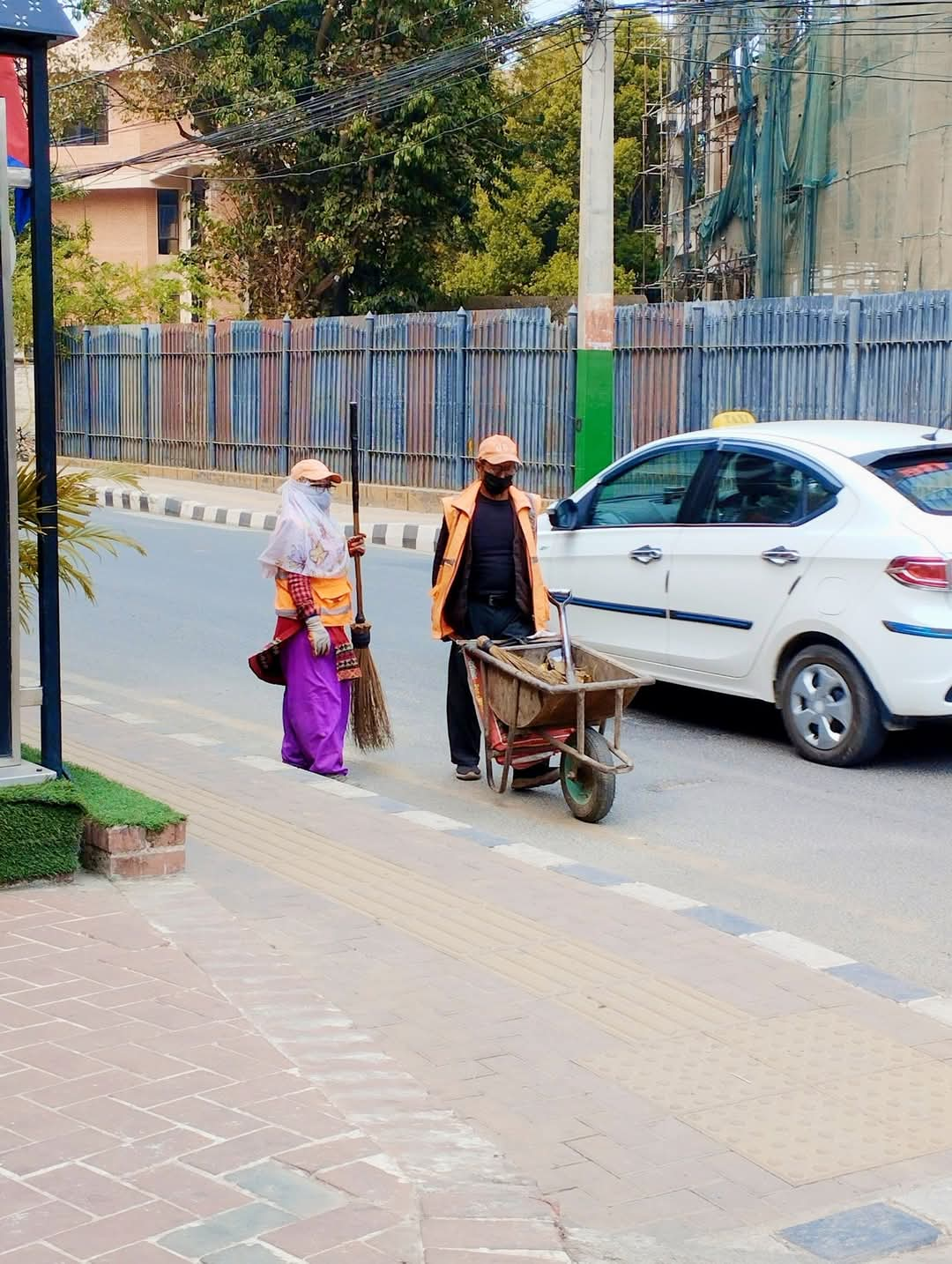Kathmandu, Nepal – The capital city of Kathmandu continues to grapple with severe air pollution, ranking as the fifth most polluted city globally according to IQAir. With its streets choked by fossil fuel-powered vehicles emitting toxic black smoke, the city faces mounting health risks and environmental challenges. Reports indicate that the average Nepali loses about five years of life due to air pollution-related issues.
In a bid to address the crisis, the Kathmandu Metropolitan City’s Environment Department is set to ban high-emission vehicles from the streets starting next week. However, similar measures in the past have faced significant roadblocks, raising questions about the effectiveness of implementation and enforcement.
Past Efforts: A Mixed Record
The government introduced a Vehicle Emission Test (VET) in 2018, mandating tour-wheelers to display green stickers proving compliance with permissible emission limits. Unfortunately, these measures were undermined as many vehicle owners circumvented the rules by purchasing stickers over the counter or tampering with emission levels during tests.
Recent on-the-spot emission tests conducted in collaboration with traffic police revealed alarming results: 80% of diesel vehicles, including buses and micro-buses, emitted black smoke beyond permissible levels, with 30% of petrol vehicles also failing.
Authorities initially issued warnings and penalties to violators, but logistical challenges such as long queues and limited staffing at transport offices hindered enforcement. This inefficiency discouraged compliance, as public vehicle owners often lost significant time waiting to complete the tests.
Moving Forward: Policy Gaps and Potential Solutions
The government has expressed intentions to ban vehicles older than 20 years to curb emissions. While this step is commendable, experts caution that such policies must include provisions for proper vehicle scrapping systems and incentives for citizens to transition to cleaner alternatives. Learning from India’s Vehicle Scrapping Policy, which offers financial benefits for disposing of old vehicles and purchasing new ones, could provide a viable model for Nepal.
Electrification of the transport sector also shows promise. In 2023, Nepal imported 12,000 battery-powered vehicles, though their use remains largely limited to private ownership. To scale up adoption, policymakers must simplify the import process for electric vehicles and encourage behavioral changes through awareness campaigns.
The Need for Urgency
As delays in curbing air pollution continue to inflict damage on public health and the environment, stakeholders emphasize the importance of immediate action. Implementing comprehensive, well-enforced policies and promoting sustainable transport solutions can help Kathmandu breathe cleaner air and improve the quality of life for its residents.